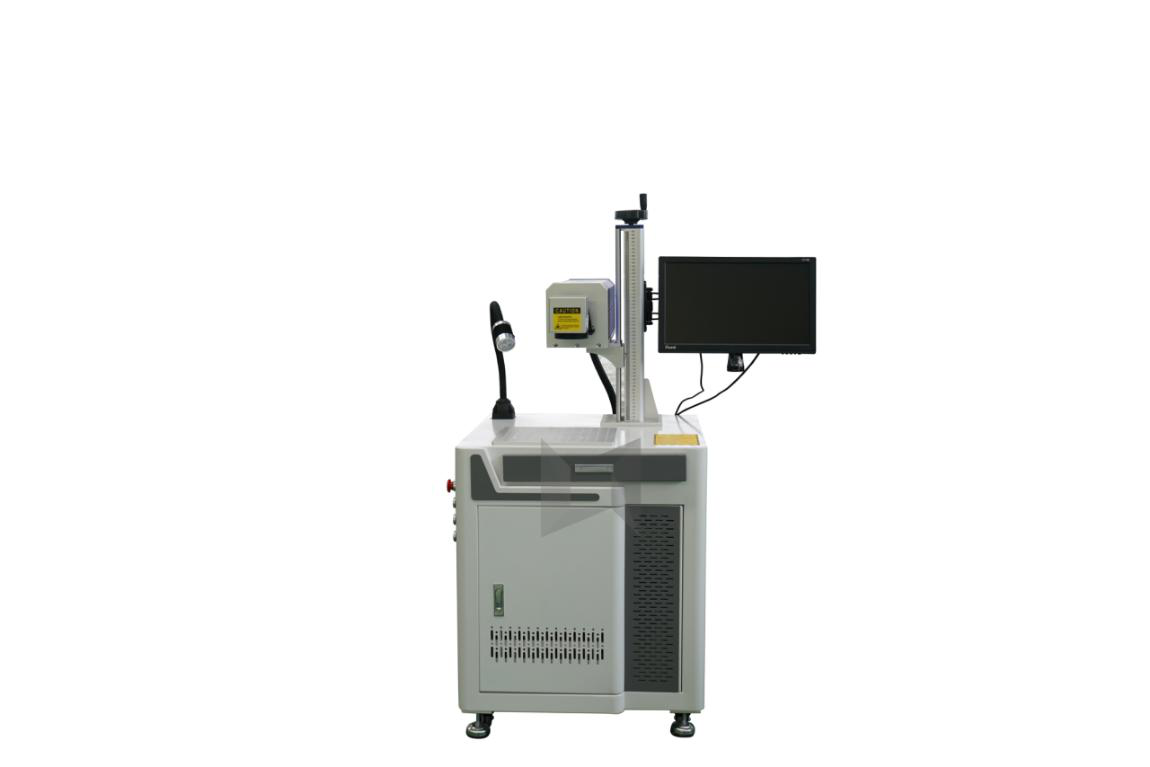
The working principle of a carbon dioxide laser is that the laser source requires a lot of energy to excite nitrogen molecules to collide with CO2 molecules (laser gas), causing them to emit photons to form a laser beam capable of marking substances. Typically, CO2 laser marker lasers are typically made of hard glass and are typically layered in a cannula configuration. The innermost layer is the discharge tube, the second layer is the water-cooled outer casing, and the outermost layer is the gas storage tube.
The diameter of the discharge tube of the carbon dioxide laser is larger than the diameter of the krypton laser tube. In general, the thickness of the discharge tube has no effect on the output power, mainly considering the diffraction effect caused by the spot size, which should be determined according to the length of the discharge tube. The length of the tube is getting thicker and the length of the tube is getting shorter and shorter. The length of the discharge tube is proportional to the output power. Within a certain length range, the output power per meter of discharge tube length increases with increasing total length. The purpose of adding water to the cooling jacket is to cool the working gas and stabilize the output power.
1. Hard glass: This part consists of a discharge tube made of GG17, a water-cooled sleeve, a gas storage sleeve and a return air tube. Sealed CO2 lasers are typically three-layer housing structures. The innermost part is the discharge tube, the middle part is the water purifier, the outermost part is the gas storage sleeve, and the return tube is used to connect the discharge tube and the gas storage tube.
2. Resonant cavity: This part consists of a total reflection mirror and an output mirror. The total reflection mirror of the cavity is usually based on optical glass with a gold film on the surface and a gold mirror at 10°. The reflectance of about 6um is higher than 98%. The output mirror of the cavity typically uses an energy transfer of 10. 6 um of the irradiated infrared material 锗 (ge ) as the substrate and a multilayer dielectric film is formed on the substrate.
3. Electrode: A CO2 laser is usually a cylindrical cold cathode. The choice of cathode material has a large impact on the lifetime of the laser. The basic requirements for cathode materials are: low sputtering rate and low gas absorption.
Both ends of the discharge tube are connected to the gas storage pipe, I. e. One end of the gas storage pipe has a small hole communicating with the discharge pipe, and the other end is connected to the discharge pipe through the spiral return pipe, so that the gas can circulate in the discharge pipe, and the gas in the gas storage pipe can be exchanged at any time. It is widely used for non-metallic marking and engraving, such as acrylic and plastic products. The ability to mark electroplated mild steel has been developed. CO2 lasers are also used in flexible printed circuit boards for electronic instruments and in automated systems for polyimide and polyester sheets of separators.
 Previous:
LXSHOW wait for you in Canton Fair
Previous:
LXSHOW wait for you in Canton Fair